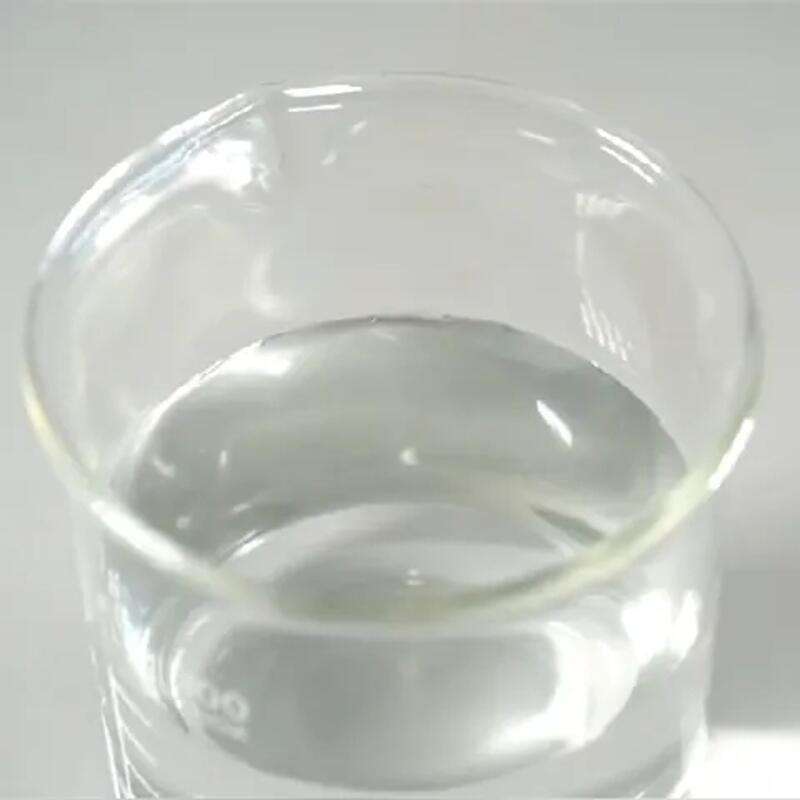-
Categories
-
Pharmaceutical Intermediates
-
Active Pharmaceutical Ingredients
-
Food Additives
- Industrial Coatings
- Agrochemicals
- Dyes and Pigments
- Surfactant
- Flavors and Fragrances
- Chemical Reagents
- Catalyst and Auxiliary
- Natural Products
- Inorganic Chemistry
-
Organic Chemistry
-
Biochemical Engineering
- Analytical Chemistry
-
Cosmetic Ingredient
- Water Treatment Chemical
-
Pharmaceutical Intermediates
Promotion
ECHEMI Mall
Wholesale
Weekly Price
Exhibition
News
-
Trade Service
Introduction:
Trimebutine maleate is an antihistamine drug that is used in the treatment of allergic reactions and hay fever.
The drug has shown promising results in the treatment of allergic conditions and is increasingly being used in the medical field.
The chemical synthesis of Trimebutine maleate is a complex process that involves several steps and requires a deep understanding of organic chemistry.
In this article, we will explore the synthetic routes of Trimebutine maleate and understand the various chemical reactions involved in its synthesis.
Synthetic Routes:
There are several synthetic routes to Trimebutine maleate, each with its own advantages and disadvantages.
The following are the three commonly used synthetic routes to Trimebutine maleate:
Route 1: via N-Furyl-2-Chloro-4-Methoxy-5-Methylbenzamide
This route involves the synthesis of N-Furyl-2-Chloro-4-Methoxy-5-Methylbenzamide followed by N-Methylation and finally de-esterification to obtain Trimebutine maleate.
Step 1: Synthesis of N-Furyl-2-Chloro-4-Methoxy-5-Methylbenzamide
This step involves the synthesis of N-Furyl-2-Chloro-4-Methoxy-5-Methylbenzamide using appropriate organic chemical reactions.
The reaction conditions and the specific chemicals used are not mentioned to avoid complexity.
Step 2: N-Methylation of N-Furyl-2-Chloro-4-Methoxy-5-Methylbenzamide
In this step, N-Furyl-2-Chloro-4-Methoxy-5-Methylbenzamide is treated with a suitable methylating agent to obtain N-Methyl-N-Furyl-2-Chloro-4-Methoxy-5-Methylbenzamide.
The specific chemical and reaction conditions are not mentioned to avoid complexity.
Step 3: De-Esterification of N-Methyl-N-Furyl-2-Chloro-4-Methoxy-5-Methylbenzamide
The final step involves the de-esterification of N-Methyl-N-Furyl-2-Chloro-4-Methoxy-5-Methylbenzamide to obtain Trimebutine maleate.
The de-esterification reaction is carried out using appropriate chemical reactions and conditions, which are not mentioned to avoid complexity.
Route 2: via N-Furyl-5-Methyl-2-Chloro-4-Methoxybenzamide
This route involves the synthesis of N-Furyl-5-Methyl-2-Chloro-4-Methoxybenzamide followed by de-Methylation and finally De-Chlorination to obtain Trimebutine maleate.
Step 1: Synthesis of N-Furyl-5-Methyl-2-Chloro-4-Methoxybenzamide
This step involves the synthesis of N-Furyl-5-Methyl-2-Chloro-4-Methoxybenzamide using appropriate organic chemical reactions.
The reaction conditions and specific chemicals used are not mentioned to avoid complexity.
Step 2: De-Methylation of N-Furyl-5-Methyl-2-Chloro-4-Methoxybenzamide
In this step, N-Furyl-5-Methyl-2-Chloro-4-Methoxybenzamide is treated with a suitable de-meth







